Metric conversions can be tricky. Ever come across a recipe that is in grams and wondered how many grams in an ounce? This trick to remember makes cooking in grams a breeze! And get this free printable chart to answer all your grams to ounces questions!
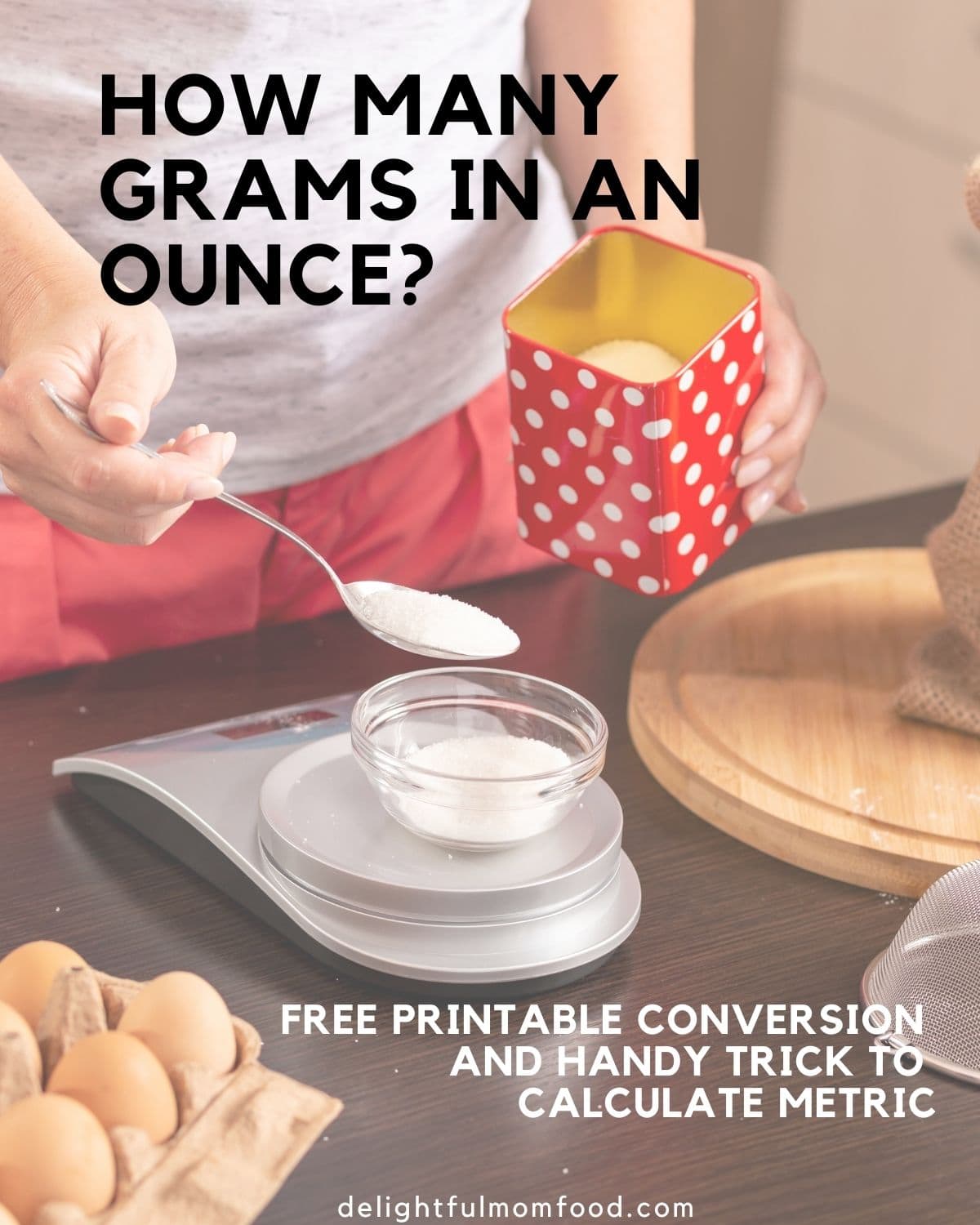
How many grams in an ounce
- 14 grams equals ½ ounce (0.49383546729 oz.)
- 28 grams equals 1 ounce (0.98767093459 oz.)
- 30 grams equals 1 ounce (1.0582188585 oz.)
- 57 grams equals 2 ounces (2.0106158311 oz.)
- 60 grams equals 2 ounces (2.116437717 oz.)
- 85 grams equals 3 ounces (2.9982867657 oz.)
- 113 grams equals 4 ounces, ¼ pound (3.9859577003 oz.)
- 114 grams equals 4 ounces, ¼ pound (4.0212316623 oz.)
- 115 grams equals 4 ounces, ¼ pound (4.0565056242 oz.)
- 170 grams equals 6 ounces (170.09712 oz.)
- 225 grams equals 8 ounces, ½ pound (7.9366414387 oz.)
- 227 grams equals 8 ounces, ½ pound (8.0071893626 oz.)
- 340 grams equals 12 ounces, ¾ pound (11.993147063 oz.)
- 454 grams equals 16 ounces, 1 pound (16.014378725)
- 455 grams equals 16 ounces, 1 pound (16.049652687 oz.)
- 907 grams equals 32 ounces, 2 pounds (31.993483488 oz)
- 908 grams equals 32 ounces, 2 pounds (32.02875745 oz.)
Jump to:
- How many grams in an ounce
- Measuring grams (dry goods)
- American US Standard vs UK Metric (approximate)
- How to measure dry weight
- Measuring butter
- Measuring flour
- White sugars and coconut sugar
- Measuring brown sugar
- How many grams is 1 ounce?
- 4 oz is how many grams?
- 6 oz is how many grams?
- One cup is how many grams?
- 16 ounces is how many grams?
- Free printable on how many grams in an ounce: weight conversion chart
- More measurement conversion charts
Measuring grams (dry goods)
When European metrics and American standards are written differently in recipes, it can be confusing. How many grams are there in 1 ounce, actually? There are 28 grams in 1 ounce or even 30 g (as shown through some conversion measurements to the decimal).
Handy Trick: So if you can remember that 28 grams (g) is an oz then when a recipe comes up in grams, simply do the math to find the quantities in 4 oz., 6 oz., and 8 oz. of dry ingredients. Divide the number of grams by 28 to see the oz! This method is so convenient when baking brownies, chocolate chip cookies, and measuring ingredients like rice flour.
American US Standard vs UK Metric (approximate)
Why doesn't America use grams for writing recipes? America uses liters and grams in manufacturing and international trade but not typically in recipe development and showcased in recipes from online websites. Americans use ounces to measure dry ingredients and Europeans work with metrics.
The only way to tell an exact measurement is by weighing ingredients, as shown above that by the decimal 28 or 30 g both shows 1 oz, as does 225 and 227 g both equals 8 oz.
How to measure dry weight
Using a cooking and baking kitchen scale is a great tool for achieving an exact measurement. Place a container on the scale and click the "tare" button then add the dry ingredients to measure the weight. The "tare" button will deduct the weight of the container to provide a more accurate measurement. Measuring spoons and measuring cups are also used in measuring butter, flour, and sugars.
When measuring flour, use a measuring cup and shake any extra flour away until the top is even, or use a knife. To measure with a knife, use the flat part to scrape across the cup to remove excess flour. Then proceed to measure or transfer the flour to the container on a kitchen scale.
Measuring butter
Butter has tablespoons written on the package for convenient measuring. Use these measurements when the recipe reads in metrics.
- ¼ cup of butter = 57 g
- ⅓ cup of butter = 76 g
- ½ cup of butter = 113 g
- 1 cup of butter = 227 g
Measuring flour
Here is a quick-look for measuring dry goods and flour. When a recipe calls for these ingredients in UK metrics, these are what they quickly convert to. This qualifies for most bread flours.
- 34 g = 1.2 oz
- 45 g = 1.6 oz
- 68 g = 2.4 oz
- 136 g = 4.8 oz
White sugars and coconut sugar
Granulated sugar and coconut sugar convert according to these measurements. To use a scale to measure, add the sugar to a measuring cup and shake it to even the top. Then transfer the sugar to a container on a kitchen scale for the correct weight.
- 25 g = .89 oz or 2 tablespoons
- 50 g = 1.78 oz
- 67 g = 2.37 oz
- 100 g = 3.55 oz
- 134 g = 4.73 oz
- 150 g = 5.3 oz
- 201 g = 7.1 oz
Measuring brown sugar
Brown sugar is typically instructed to be packed tight when measuring. Here are the conversions for weight. First pack brown sugar in a measuring cup then transfer to a container that is on a scale (with all ingredients, first clicking "tare" to remove the container weight).
- 55 g = 1.9 oz
- 73 g = 2.58 oz
- 110 g = 3.88 oz
- 220 g = 7.75 oz
How many grams is 1 ounce?
One oz is equal to 28 g (0.98767093459 oz), and some conversion calculators show around 30 g equaling 1 oz (1.0582188585 oz).
4 oz is how many grams?
- 4 oz, ¼ pound (3.9859577003 oz.) = 113 g
- 4 oz, ¼ pound (4.0212316623 oz.) = 114 g
- 4 oz, ¼ pound (4.0565056242 oz.) = 115 g
6 oz is how many grams?
Six oz. is the same as 170 g or exactly 170.09712 oz.
One cup is how many grams?
Given that 1 cup is 8 oz. or ½ pound, then there are about 227 g per cup (weight).
16 ounces is how many grams?
One pound is 16 oz, which equals 454 g.
- 454 g = 16 ounces, 1 pound (16.014378725)
- 455 g = 16 ounces, 1 pound (16.049652687 oz.)
Free printable on how many grams in an ounce: weight conversion chart
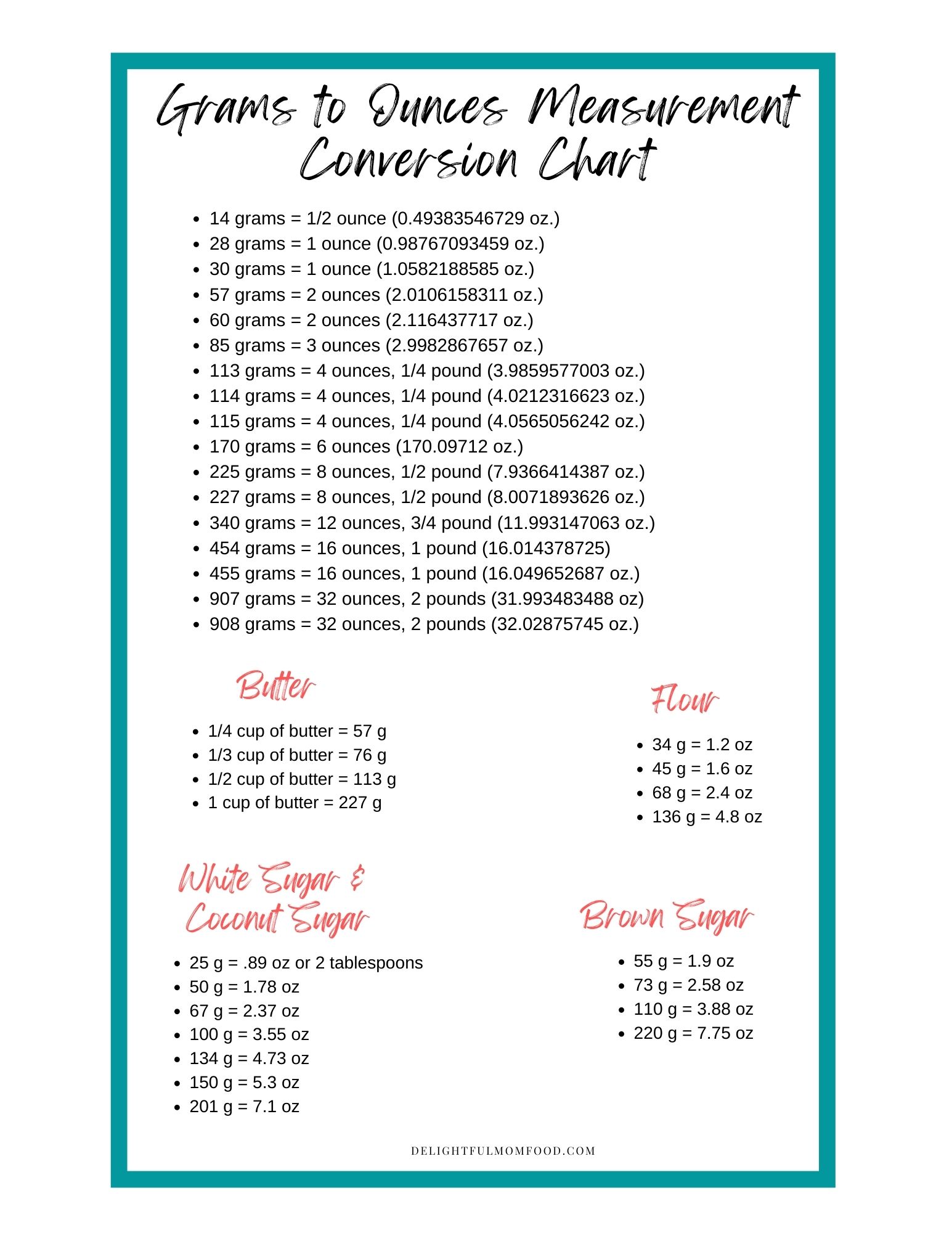
Print this conversions chart as a handy guide when wondering "how many grams in an ounce"! Whenever you have grams conversion questions, this is your go-to cooking weight (dry ingredients) measurement conversion chart for American standard and metric. Please pin to Pinterest to save and share!
More measurement conversion charts
- How Many Ounces In A Cup
- How Many Teaspoons In A Tablespoon
- How Many Cups In A Quart, Pint, Gallon
- How Many Liters in a Gallon
- Measurement Chart
I hope you enjoy this conversions article! Follow along with me on Instagram, Pinterest, Facebook, YouTube and Twitter for a feature and more recipe inspiration! And don't forget to leave a comment below!

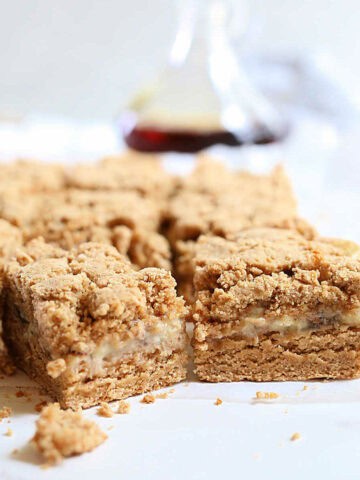
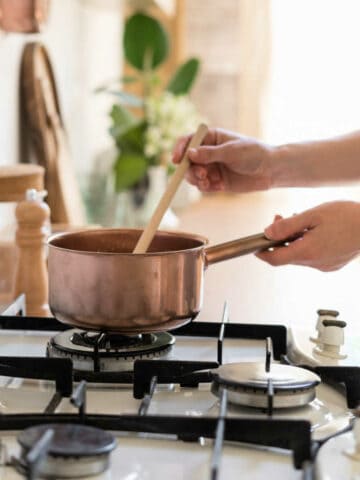
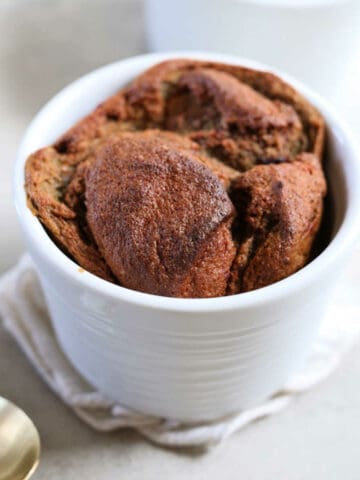
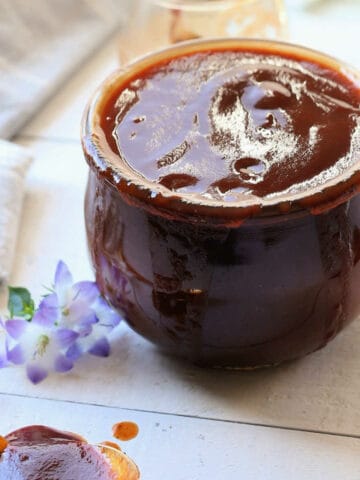

Leave a Reply